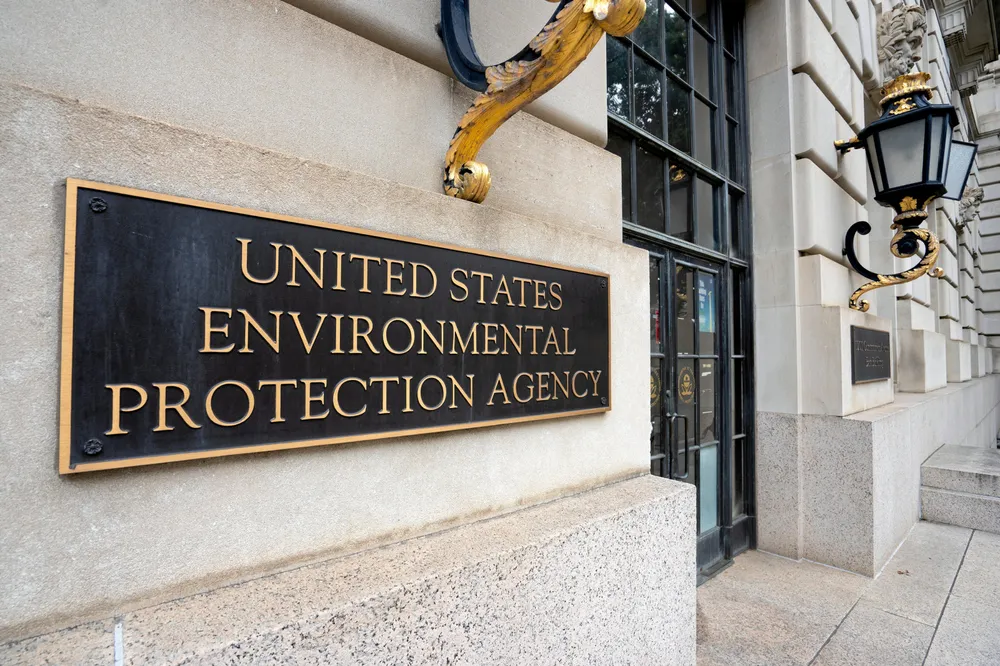US agency’s plan to decarbonise power could walk back requirement for some plants to co-fire hydrogen from 2032: report
Industry and environmental groups have both criticised the draft regulation’s push for H2 to decarbonise intermediate-load power plants
